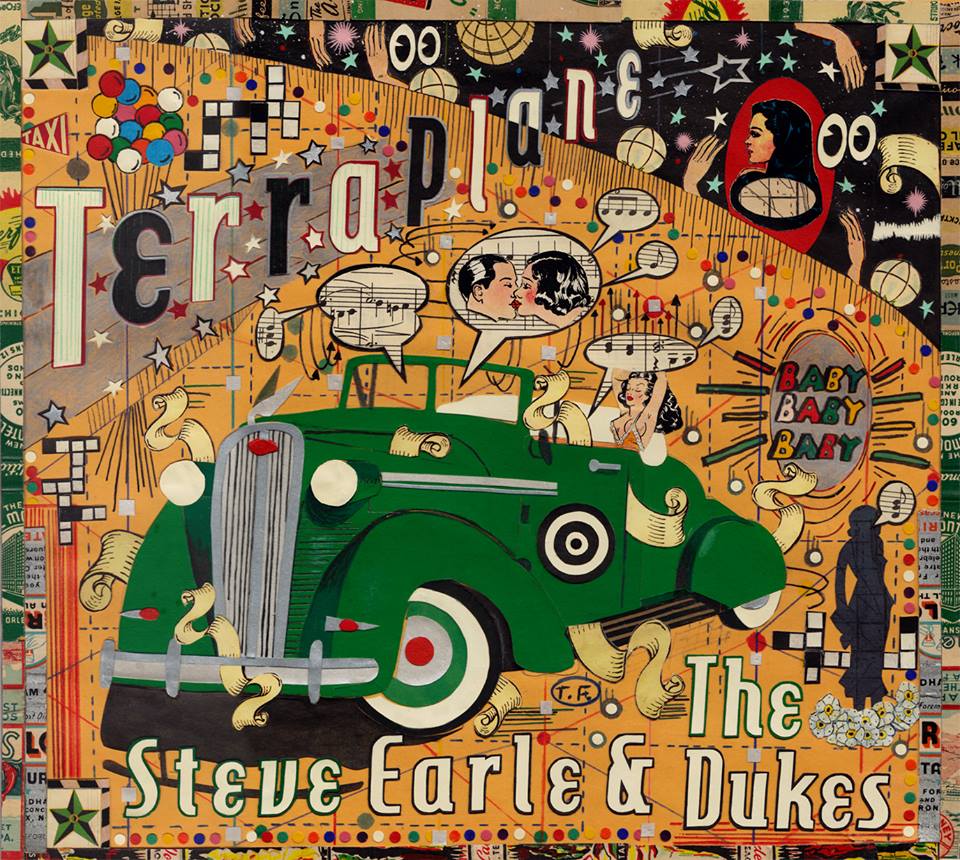Tragedije i luksuz, simulacije katastrofa i katastrofe simulacija.
www.stanyakahn.com/
“…People are going back and forth across the doorsill
where the two worlds touch.The door is round and open.Don’t go back to sleep.”
where the two worlds touch.The door is round and open.Don’t go back to sleep.”
–Rumi
Don’t Go Back to Sleep is an experimental narrative created, directed, shot, and edited by artist Stanya Kahn and includes original compositions by Kahn and musician Keith Wood (Hush, Chelsea Light Moving). Kahn builds darkly comedic and uncanny scenes revolving around groups of medical professionals stationed in vacant, newly built homes as they prepare for impending emergencies.
In newly built developments in Kansas City, doctors perform strange rituals and tend to each other’s wounds while deadpanning observations about work, life, and the ambiguously ruined world. Numbed by the realities of death surrounding them, they await impending emergencies against a backdrop of nondescript suburban luxury. Featuring original sound compositions by Guggenheim fellow Kahn and musician Keith Wood of Chelsea Light Moving and Hush Arbors, this darkly comedic work grapples with the aftermath of tragedy through a web of jagged editing, eerie soundscapes, and Kahn’s deft manipulation of time.
Press Release: Don't Go Back To Sleep, 2014
Body Bags by Ed Halter, an essay on Don't Go Back To Sleep, 2014
Artslant, Editor's Choice, 2014
Artforum, Critic's Pick, 2014
The next time you're bored in suburbia, just imagine a man in a bear suit picking his way across your lawn. Video artist and Guggenheim fellow Stanya Kahn — well-known for populating familiar landscapes with bizarre figures — this time turns her lens toward suburban Kansas City. And the bear doesn't necessarily augur good fortune.
Kahn's latest film, Don't Go Back to Sleep, takes its title from a Rumi poem about a threshold between two worlds, and the work's presentation at Grand Arts forces audiences to straddle a similar divide. The viewing room is done up McMansion-style, a sensory cocoon that mirrors the film's suburban interiors. The smell of fresh paint disorients us before Kahn's sounds and images can, and we've trod in on carpeting so thick and plush that our shoes sink as though drawn into quicksand. Even the seating disorients: We watch from a luxurious white sectional couch, a piece we're about to watch actors use onscreen.
Kahn's subjects linger on another kind of threshold, the uneasy space between disaster and action. The film opens with medical professionals camped out in vacant, new-construction homes, appliances encased in plastic, waiting for patients to arrive. They parcel milk into small plastic bottles as if it were medicine, shuffle tentatively to upbeat funk, tipple Grey Goose and nap with their eyes open. Some have wounds of their own, weeping bandages and septic scrubs. We never learn their origin.
Kahn's previous films, such as It's Cool, I'm Good, blended humor and horror, an aesthetic evident here as well. Despite its anxious undercurrent, Don't Go Back to Sleep is frequently funny: Doctors lose their gum in a body cavity during a near-slapstick operation or drone on about walking beans to an unresponsive patient with a severe head wound, as the seemingly doomed person lolls in a bathtub.
But the absurdist elements are more often disquieting than amusing. Kahn splices the doctors' scenes with long shots of a figure stalking the countryside in a snaggletoothed bear suit, scored with the kind of low-frequency purr we're accustomed to hearing in horror films.
The sound design is paramount to Sleep's strange power. Kahn blends natural and artificial rhythms into a lush, unsettling soundscape. Doctors tramp through high prairie grasses to the martial report of a snare drum, laid over the hushing drone of cicadas. Original compositions by Kahn and Keith Wood dwell alongside "Amazing Grace" and "I've Been Working on the Railroad," sung with haunting grace by local musical-theater whiz Shelby Floyd.
With the exception of Floyd, whose performance is as striking as ever, Kahn relies on untrained actors. A few speak self-consciously, but their improvisations and conversations feel mostly authentic.
Kahn's camera frames iconic Kansas City landmarks as backdrops to an alien world. Exterior shots of homes are rare, and interiors seem to bleed together as the camera follows subjects through rooms and up winding staircases, only to jump-cut to the same figures in a new location. By stringing these shots together, Kahn builds a labyrinth of spatial impossibilities.
The jagged cuts manipulate time along with space. The camera often reframes actors in the middle of lines or speeches, a disorienting call to the constructed nature of the film and an editing move that builds a frenetic pace. In other sections, time seems to slow and stretch on indefinitely, as when a doctor paddles through a rooftop pool.
One male doctor, to his companion's annoyance, waxes philosophically on David Hume and the "hyper-real" color of a rosebush. Yet another investigates a wall of photographs inside, subjects posed and perfectly retouched: "They just don't look real."
Nothing does. Kahn's film seems equal parts fertile fantasy and critical evocation of the Freudian unheimlich — the quite literally unhomelike home. But the head trip is worth the ride. Kahn bewitches us by blurring boundaries between script and improvisation, between manipulated footage and real-time recording. Don't Go Back to Sleep lets us dawdle at that threshold and dwell where we can feel both artificial and real, awake and dreaming. - Liz Cook
vimeo.com/stanyakahn/videos

























